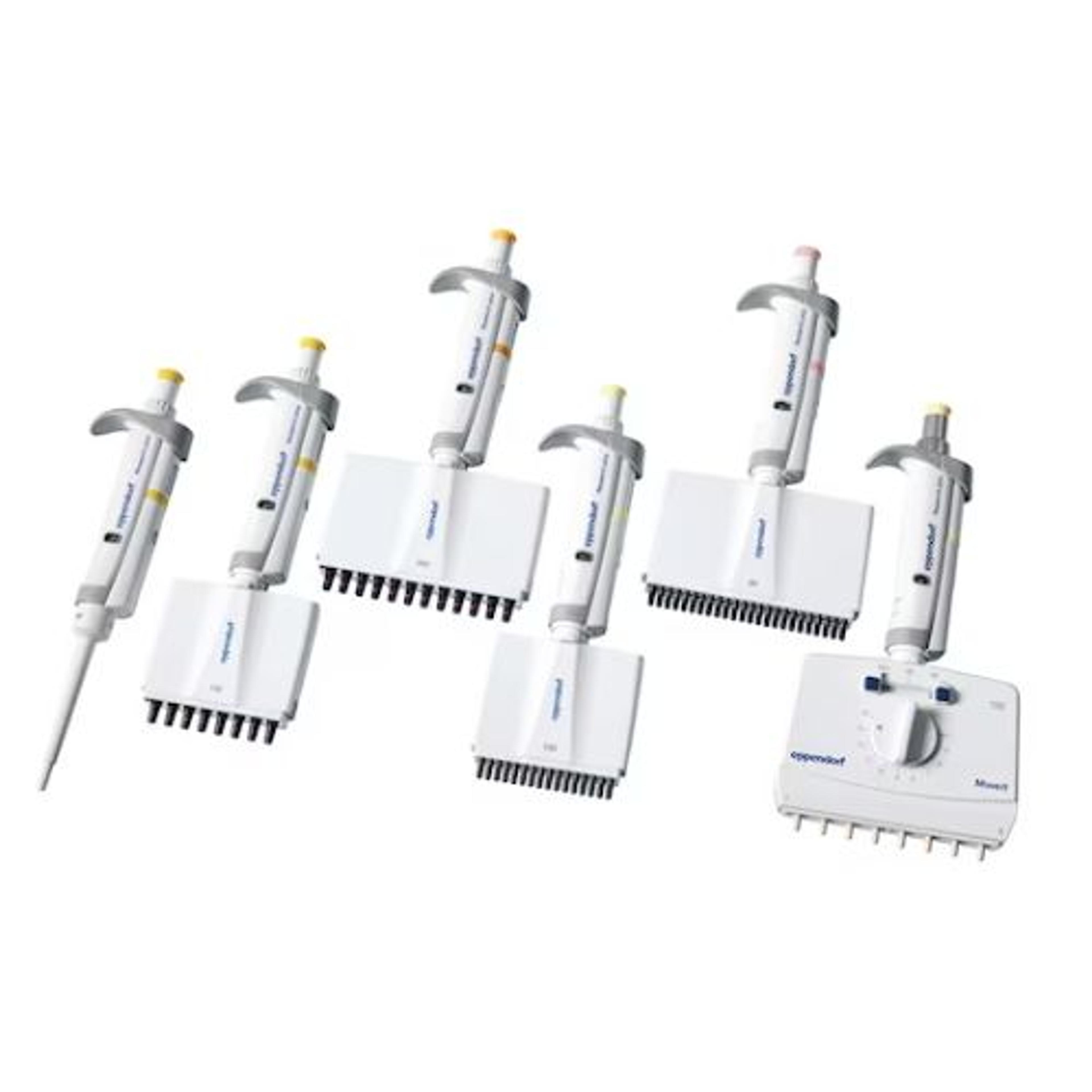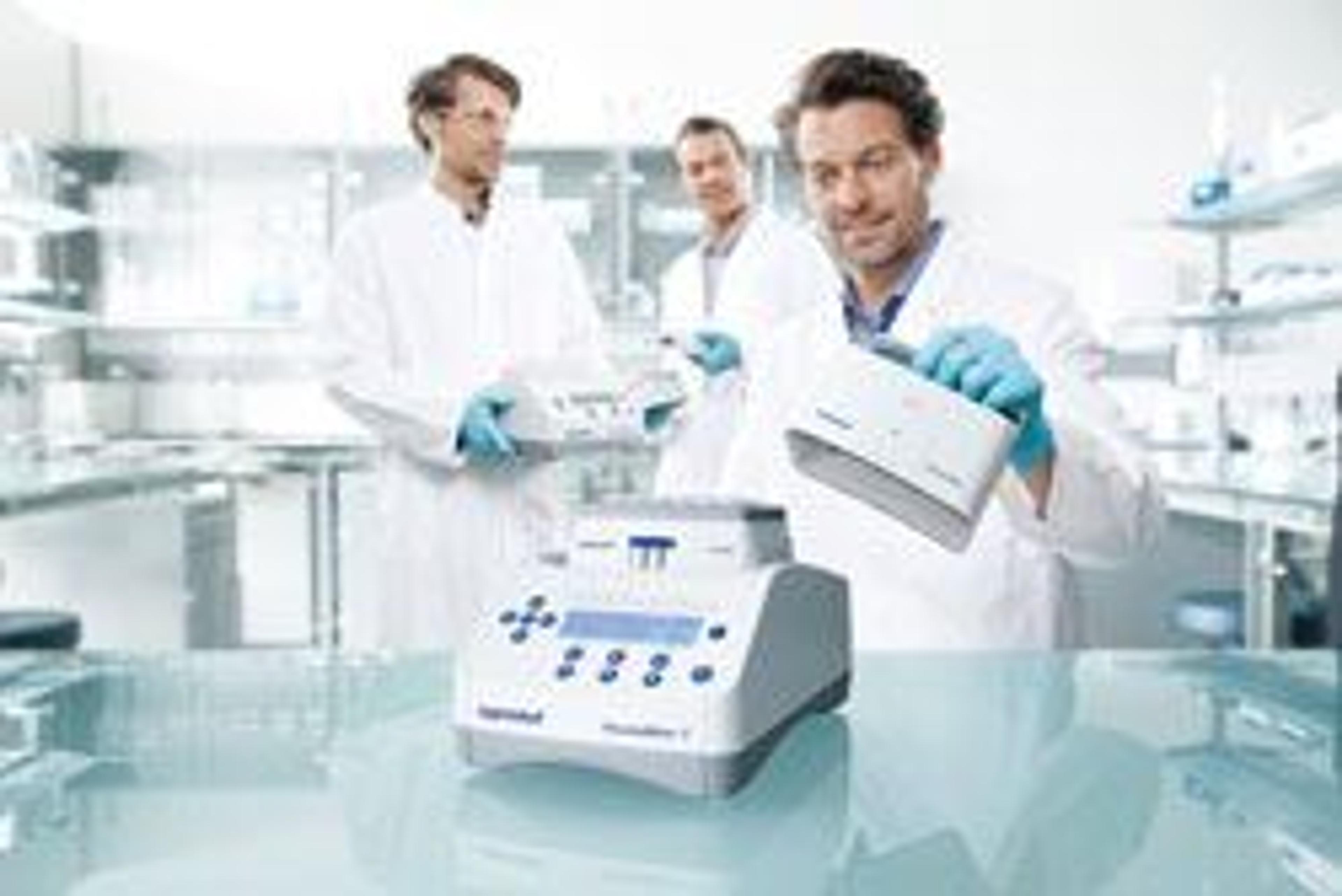Webinar Highlights: Protect Your Cells with Proper Pipetting - How Liquid Handling Influences Your Cell Culture Work
Improve your experimental results with better technique
14 Jan 2016

Improve your experimental results with better technique
Pipetting is an every-day task in a cell culture lab, and one that you probably don’t think about. However, there is a huge potential lying in pipetting techniques to increase the quality of your results. In this webinar, Dr. Jessica Wagener and Dr. Hanaë A. Henke, both Field Application Specialists at Eppendorf, discussed how you can improve the reproducibility of your experiments through proper pipetting and decrease the risk of contamination when working with eukaryotic cells. Learn how to differentiate pipetting tools according to applications in cell culture and maintain a sterile working space.
Read on for the highlights of the webinar Q&A session, or watch the presentation on-demand today.
Q: During the presentation, it was mentioned that ‘upright aspiration’ should be used for precision. However, a slide on protection recommends ’45° for aspiration and release’ – isn’t this contradictory?
A: For every experiment, you need to decide what is more important – the safety and protection of your cells against contamination, or accuracy and precision when it comes to sensitive assays, very small volumes, or very expensive reagents. When you need to be very precise, you should perform upright aspiration. When you wish to prioritize the safety of your cells, you can aspirate at 45°. For both cases, a dispenser is recommended, as it will allow precise dispensing for accurate results even when aspirating at 45°.
Q: Which pipette system is more suitable for viscous liquids like glycerol?
A: For viscous liquids, dispensers are more suitable because with these devices, you can pipette any kind of liquid.
Q: What is the best test method for detecting mycoplasma?
A: There are advantages and disadvantages to all detection methods, which include PCR based techniques, fluorescent DNA staining, biochemical or ELISA based kits and microbiological cultures. When choosing your method, you should consider the number of samples you are testing and the desired turnaround time. For example, although microbiological culture is very sensitive, it takes longer, so is more prone to contamination. The equipment you have access to is also important – some methods may require a microplate or a thermal cycler, as with PCR.
Q: Can I autoclave dispenser tips for re-use?
A: No, as dispenser tips are made from two different materials which behave different during autoclaving, the precision and accuracy of the system cannot be guaranteed after autoclaving.
Q: What is the maximum volume that can be pipetted using a dispenser?
A: The volume depends on the dispenser tips used. Eppendorf offers dispenser tips with a maximum volume of 50ml and five dispensing steps, so that would make 10 mL per step with a mechanical hand dispenser or 50 mL with an electronic hand dispenser, as it is able to empty the tip in one step only (pipetting mode).
Q: How can I see the difference between bacterial and yeast contamination?
A: Through a microscope, there are some obvious differences. For example, most bacteria have directed movement, while yeast does not. Bacteria can also be different shapes, such as round, rod and spiral, and are much smaller than yeast or the cells themselves. Yeast appears as separate round or spherical pods, which are often in chains of two or four and can also be multi-branched.
With bacterial contamination, the pH of the culture medium frequently drops suddenly, whereas with yeast, there is very little change until the contamination is heavy, when the pH usually increases.
Q: What is reverse pipetting?
A: In forward pipetting, you push down the operation button to the first stop to aspirate the liquid, then you push it down to the second stop to dispense it. In reverse pipetting, the button is pressed to the second stop to aspirate the liquid and only to the first stop to dispense the aliquot. There is always a little bit of liquid left in the tip then. This technique is useful when pipetting dense liquids.
Q: Heating media or thawing cells in a water bath is a big source of contamination – are there any alternatives?
A: Due to the humidity and temperature of a water bath, it is a major source of contamination. Thermal blocks can be used for heating reagents and they are basically contamination free. Thawing cells is more delicate because it needs to happen very quickly to limit cell exposure to DMSO, which is toxic to them. A water bath is the quickest method to raise the temperature to 37°C, so depending on the cells you are working with, it is recommended to do a test comparing cell viability after 24-48 hours of cells thawed using a water bath and a thermal block.
Q: Do you have to use a pipette and tip from the same manufacturer?
A: It isn’t mandatory, but it is recommended as the pipette and tips are optimized for each other. When using a pipette with a tip from a different manufacturer, you should calibrate the pipette with this tip to ensure that it is working accurately.
Did you miss this webinar? Watch on-demand today, or browse our latest and upcoming webinars here.
Image courtesy of Eppendorf




